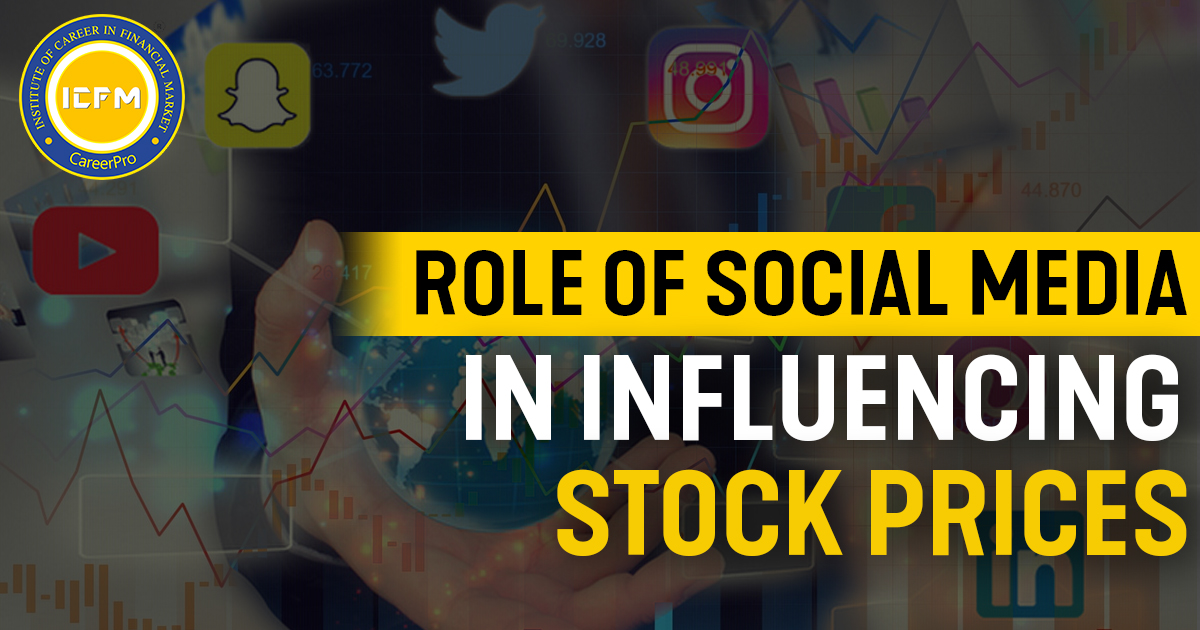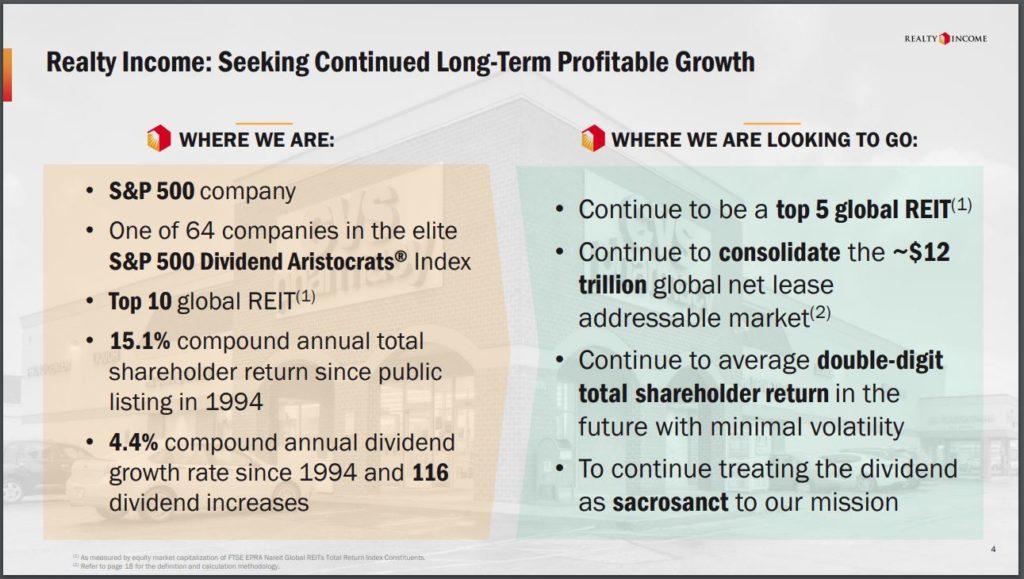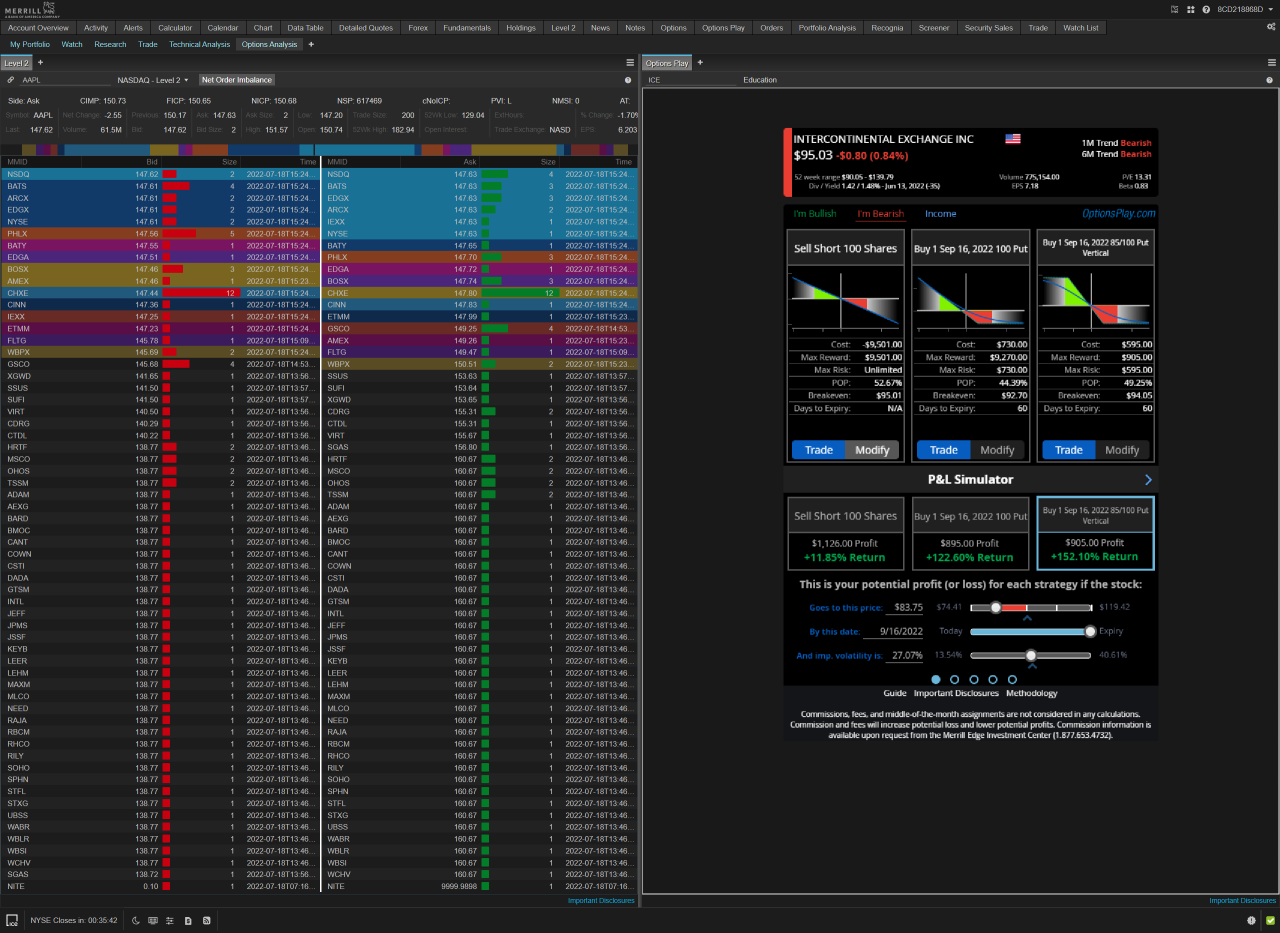Exploring how social media impacts share price swings opens up a world of possibilities and complexities. This topic delves into the intricate relationship between social media activities and the fluctuation of share prices, offering a unique perspective on the dynamics at play.
As we navigate through the various aspects of this phenomenon, we uncover fascinating insights that shed light on the influence of social media in the realm of share price movements.
The Impact of Social Media on Share Price Swings
Social media platforms have a significant influence on share price fluctuations in today's digital age. The speed and reach of information shared on these platforms can lead to rapid changes in investor sentiment, ultimately affecting stock prices.
Examples of Social Media-Driven Share Price Swings
- In 2018, Elon Musk's tweet about taking Tesla private at $420 per share caused a surge in the company's stock price, only to plummet after it was revealed that funding was not secured.
- During the GameStop short squeeze in early 2021, Reddit users on the WallStreetBets forum coordinated efforts to drive up the stock price, resulting in significant losses for hedge funds betting against the company.
The Role of Social Media Sentiment in Investor Behavior
Social media sentiment, or the overall attitude expressed by users online, can heavily influence investor behavior. Positive sentiment can create a buying frenzy, leading to an increase in share prices, while negative sentiment can trigger panic selling and subsequent price drops.
Analyzing Social Media Data for Share Price Predictions
When it comes to predicting share price movements using social media data, analysts often employ two main methods: sentiment analysis and volume analysis.
Sentiment Analysis vs. Volume Analysis
Sentiment analysis involves assessing the overall sentiment or mood of social media posts related to a particular stock. This can help investors gauge market sentiment and predict potential shifts in share prices based on positive or negative sentiment expressed online.
On the other hand, volume analysis focuses on the sheer volume of social media mentions or discussions about a stock. By tracking the frequency of mentions, analysts can identify trends and patterns that may indicate future price movements.
- Sentiment analysis is effective in capturing the emotional reactions of investors and traders, providing insights into market sentiment that may not be reflected in traditional financial data.
- Volume analysis, on the other hand, relies on the principle that increased social media chatter about a stock can precede significant price movements as more investors become aware of and potentially act on the information.
While both methods have their merits, the effectiveness of sentiment analysis versus volume analysis in forecasting share price swings ultimately depends on the context and the specific characteristics of the stock in question.
Case Studies and Examples
Several studies have demonstrated the potential of social media data in predicting share price movements. For instance, a study by the University of Michigan found that Twitter sentiment could be used to predict stock price movements with an accuracy of 87%.
Similarly, a study by the University of Edinburgh showed that analyzing social media data could help predict stock price movements up to three days in advance.
Overall, the analysis of social media data for share price predictions continues to evolve, with researchers and analysts exploring new techniques and approaches to leverage the vast amount of information available online.
Regulatory Challenges in Monitoring Social Media for Share Price Swings
Financial institutions face several regulatory challenges when it comes to monitoring social media for share price volatility. These challenges can have significant implications for leveraging social media data in predicting share price swings.
Regulatory Limitations
One of the key regulatory challenges is the need to comply with stringent privacy regulations. Financial institutions must ensure that they are not infringing on individuals' privacy rights when monitoring social media data for share price predictions. This can limit the amount and type of data that can be collected and analyzed.
Another challenge is related to the accuracy and reliability of social media data. Regulators often require financial institutions to validate the information obtained from social media sources to ensure its credibility. This validation process can be time-consuming and resource-intensive, making it difficult to quickly react to share price swings based on social media data.
Potential Solutions
- Developing robust compliance frameworks: Financial institutions can mitigate regulatory challenges by establishing comprehensive compliance frameworks that ensure the ethical and legal use of social media data for share price predictions.
- Enhancing data validation processes: Implementing advanced data validation techniques can help financial institutions verify the accuracy and reliability of social media data more efficiently, enabling quicker responses to share price swings.
- Engaging with regulators: Proactively engaging with regulators to address concerns and seek guidance on compliance can help financial institutions navigate regulatory challenges more effectively when leveraging social media for financial analysis.
Mitigating Risks Associated with Social Media Influence on Share Prices

In today's digital age, social media plays a significant role in influencing share prices, leading to increased volatility in the market. Companies need to adopt strategies to mitigate the risks associated with social media-driven share price swings. Establishing robust risk management protocols is crucial in navigating the impact of social media on share prices.
Additionally, investors need to be equipped with the right tools and knowledge to handle share price volatility resulting from social media trends.
Importance of Robust Risk Management Protocols
Implementing robust risk management protocols is essential for companies to safeguard their share prices from the influence of social media. By closely monitoring social media platforms and sentiment analysis, companies can identify potential risks and take proactive measures to mitigate any negative impact on their share prices.
It is crucial for companies to have clear guidelines and response strategies in place to address any sudden fluctuations driven by social media trends.
Strategies for Mitigating Social Media-Driven Risks
- Regular Monitoring: Companies should continuously monitor social media platforms to stay updated on any mentions, discussions, or sentiments related to their brand or stock.
- Engagement and Transparency: Engaging with stakeholders on social media and maintaining transparency can help build trust and credibility, reducing the likelihood of misinformation affecting share prices.
- Rapid Response Plan: Having a rapid response plan in place to address any negative publicity or false information spread on social media can help mitigate risks and limit the impact on share prices.
- Diversification: Diversifying investments across different sectors or asset classes can help investors reduce their exposure to the risks associated with social media-driven share price swings.
Recommendations for Investors
- Due Diligence: Conduct thorough research and analysis before making investment decisions based on social media trends to ensure informed choices.
- Long-Term Perspective: Focus on long-term investment goals and strategies rather than reacting impulsively to short-term fluctuations driven by social media noise.
- Consultation: Seek advice from financial experts or professionals to navigate the complexities of social media-driven share price volatility and make sound investment decisions.
Closure

In conclusion, the role of social media in share price swings is undeniably significant, shaping the financial landscape in ways previously unimagined. By understanding the nuances of this relationship, investors and companies alike can better navigate the ever-changing market dynamics influenced by social media.
FAQ Guide
How does social media influence share price fluctuations?
Social media can impact share prices by shaping investor sentiment, leading to buying or selling decisions that cause price swings.
What are some examples of significant share price swings caused by social media?
Instances like Elon Musk's tweets affecting Tesla's stock or Reddit discussions influencing GameStop's share price are notable examples.
Why is social media sentiment important in affecting share prices?
Social media sentiment can create a snowball effect, influencing investor behavior and ultimately impacting share prices.




